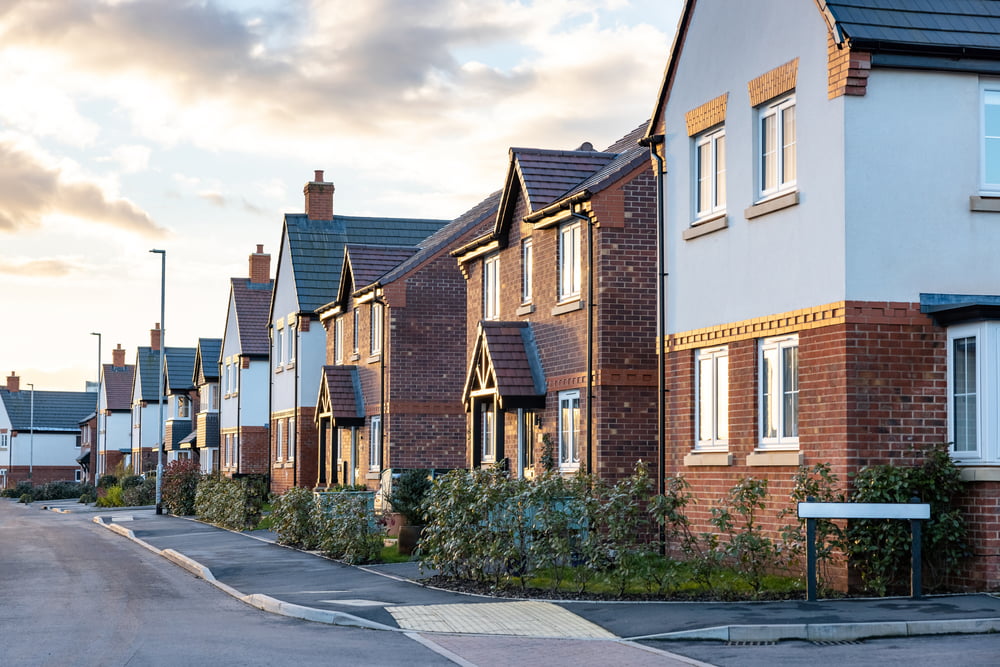The threshold at which stamp duty is paid could be increased to save homebuyers money, according to the media.
Over the past few days, several newspaper websites have reported rumours of a possible stamp duty change later in the year, which would benefit certain homebuyers. The threshold at which stamp duty is paid on a property purchase is currently set at £250,000. This means you don’t pay stamp duty on the first £250,000 of the property’s value. However, the threshold could be raised to £300,000.
The possible change could save homeowners up to £2500 on a home purchase. Homebuyers currently pay stamp duty at 5% of the value of a property over £250,000, and the rate goes up to 10% after £925,000.
If the threshold change goes ahead, it will most likely be announced in the autumn statement, ahead of the general election, rumoured to take place in or around November.
If the stamp duty threshold is increased, homebuyers in the South of England would benefit the most, as property prices are higher.
First-time buyers and stamp duty
However, if you’re a potential first-time buyer, you currently won’t pay stamp duty on the first £425,000 of the property’s value. So, if your prospective new home costs less than that, you won’t pay any stamp duty. However, if you are buying with someone else, you must both be first-time buyers to be exempt. If your property purchase is over £425,000 you will pay 5% on the remaining amount up to £200,000.
The stamp duty thresholds are currently:
- £250,000 for residential properties – zero
- £250,001 to £925,000 – 5%
- £925,001 to £1.5 million – 10%
- The portion above £1.5 million – 12%
This applies to England and Northern Ireland. The tax is different if you are in Scotland or Wales.
We will keep you updated on any stamp duty changes.

